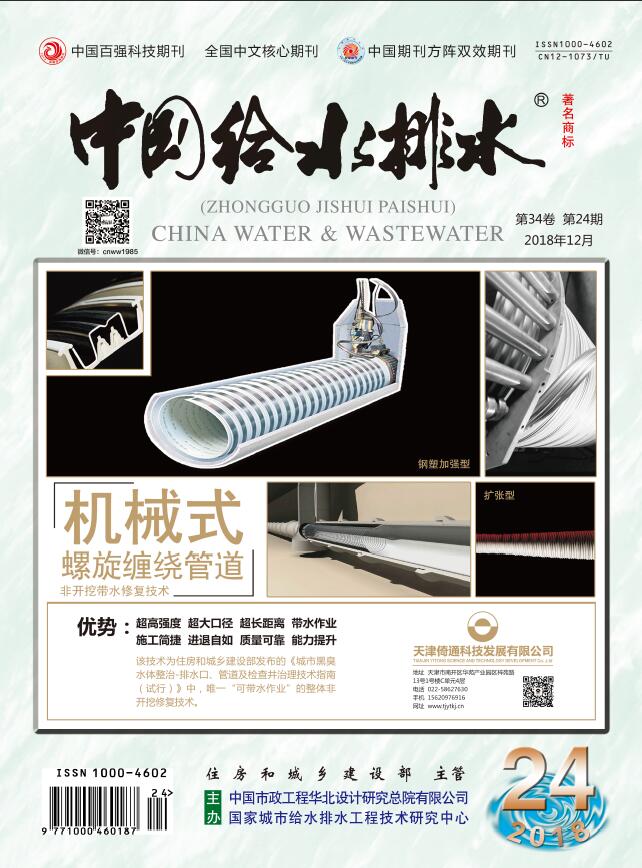WANGYue,ZHANGYun-xia,CHANGBao-jun,et al.Design of Anaerobic Digestion Process for Kitchen Waste Utilizing a “Dry-Wet Coordination” Approach[J].China Water & Wastewater,2024,40(24):64-68.
Design of Anaerobic Digestion Process for Kitchen Waste Utilizing a “Dry-Wet Coordination” Approach
China Water & Wastewater[ISSN:1000-4062/CN:12-1073/TU]
volume:
第40卷
Number:
第24期
Page:
64-68
Column:
Date of publication:
2024-12-17
- Keywords:
- kitchen waste; anaerobic digestion; synergistic effect; multivariate mixing; moderate temperature
- Abstract:
- Using the large-scale kitchen waste treatment project in Anhui Province as a case study, this paper introduces the application of a collaborative anaerobic digestion process for kitchen waste management. The process design adopts a cross-coordinated manner to treat the separation of solid residues from kitchen waste and kitchen filtrate within both wet and dry anaerobic digestion systems. This approach leverages the enhanced effects of material diversity to improve overall efficiency and stability of anaerobic digestion. The wet anaerobic digestion uses the continuous stirred tank reactor (CSTR) process, while the dry anaerobic digestion uses a horizontal multi-axis stirring process. Following collaborative efforts, the average unit gas production rate of wet anaerobic digestion is 85 m3/t, while the average unit gas production rate of dry anaerobic digestion is 140 m3/t. The average methane content in biogas is measured at 60.50%, and the average unit gas production rate remains high within industry standards.
Last Update:
2024-12-17

